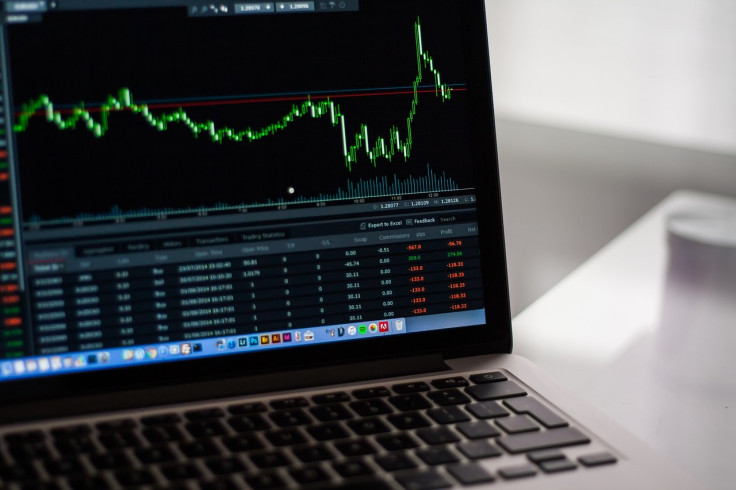Stock Rally Tamed By Stagflation Fears—What Is Next?

The rally in U.S. stocks continued last week but was tamed by the return of stagflation fears, ahead of new data on inflation and retail sales.
The S&P 500 closed at 5,222.68, up 1.85% for the week; the Dow Jones was at 39,512.84, up 2.16%; and the tech-heavy Nasdaq was at 16,340.87, up 1.14%.
Last week's rally followed the previous two weeks' rally and was driven by better earnings from semiconductor giant Taiwan Semiconductor and steady bond yields.
But it was tamed on Friday when a consumer report showed that the U.S. economy is moving in the wrong direction again. The University of Michigan Consumer Sentiment was 67.4% in May, down from 77.2% in April. In addition, inflation expectations for the year ahead were 3.5%, up from 3.2%.
A drop in consumer sentiment is a sign that consumer spending, which contributes close to two-thirds of the nation's GDP, is ebbing. This could push a slowing U.S. economy closer to an outright recession.
Meanwhile, rising inflationary expectations could keep inflation elevated in the year ahead.
The simultaneous slowdown in economic growth and rise in inflation brings back fears of stagflation. This macroeconomic regime binds the Fed, as conventional and unconventional monetary policies can address only one issue at a time: weak economic growth or high inflation, not both.
Bond and equity traders and investors do not like to up their bets in this macroeconomic environment. Thus, they trimmed positions following the release of the Consumer Sentiment report on Friday.
"This week, the stock market gained as it looks ahead, buoyed by solid corporate earnings and expectations that the Federal Reserve will keep rates elevated in response to persistent inflation pressures," Anthony Rousseau, Head of Brokerage Solutions at TradeStation, told the International Business Times.
"Meanwhile, treasury yields remained relatively stable after cooling from their recent move up from last week's dovish Fed, reflecting expectations of a pause in rate hikes as the Fed assesses the economic impact of previous tightening," Rousseau added.
Still, the macroeconomic narrative could change again next week, when the U.S Bureau of labor releases two inflation reports, the Consumer Price Index (CPI) report and the Producer Price Index (PPI) report for April.
Markets expect headline CPI to remain steady in April at 3.5%, and PPI to edge up to 2.2% from 2.1%.
In addition, the U.S Census Bureau releases the April retail sales report for April. Markets expect an annual rise of 3.8%, slightly below the 4% rise in March.
Marc Dizard, Chief Investment Strategist, PNC Asset Management Group at PNC Financial Services, sees the recent rally in U.S. equities tested this week with April's inflation data release.
"Inflation coming in above expectations will likely be met with a confirmation from investors of fewer Federal Reserve (Fed) rate cuts this year," he said. "Current market expectations are undecided between one or two cuts from the Fed."
At this point, Edward P. Mahaffy, founder of ClientFirst Wealth Management, advises investors to allocate a portion of their portfolio to various securities/duration until greater clarity emerges. "One thing is certain: With 6 trillion on the sidelines, any sign of inflation abating could ignite one heck of a rally," he added.
Rousseau believes that a strong liquidity cycle and resilient corporate earnings support the bull market in stocks. "The sell in May and go away seems to have been completed in April, and we now have renewed buying taking place that could cause a slow melt-up in risk assets over the summer," he added.
© Copyright IBTimes 2024. All rights reserved.





















